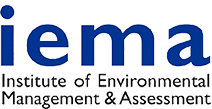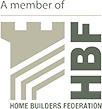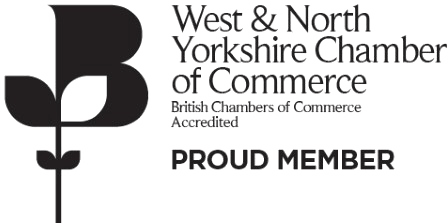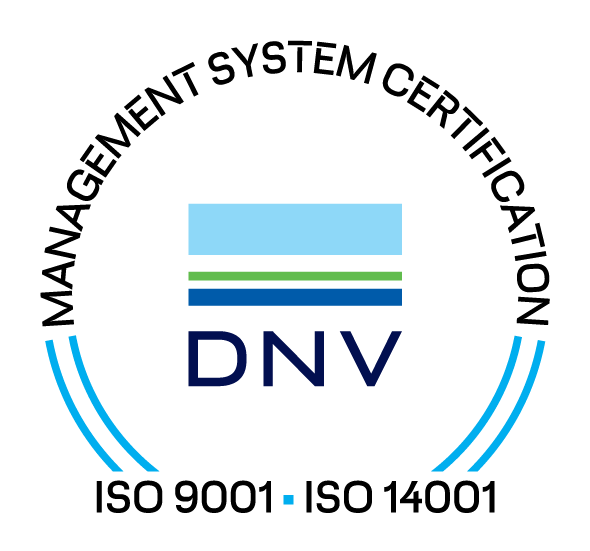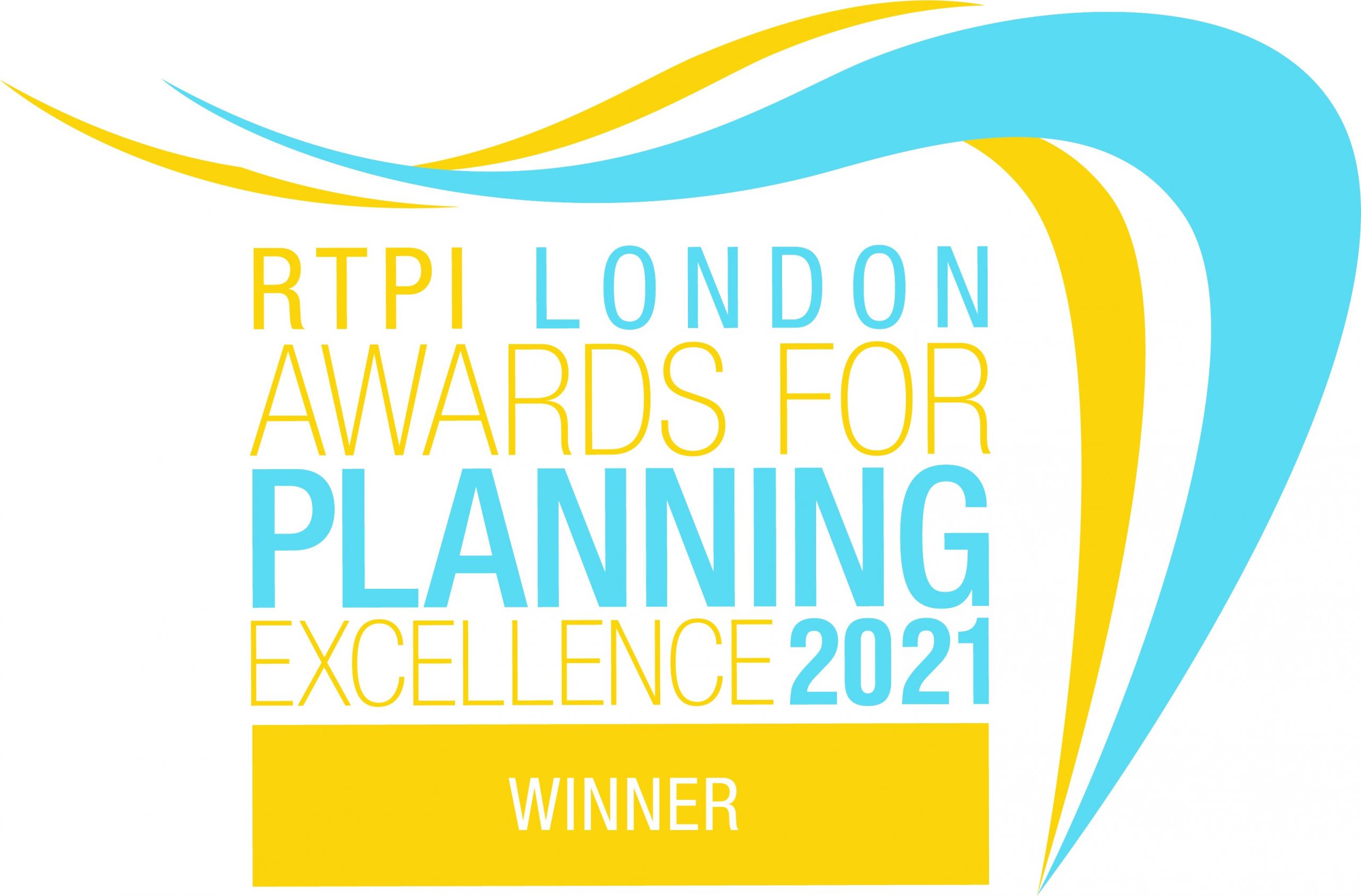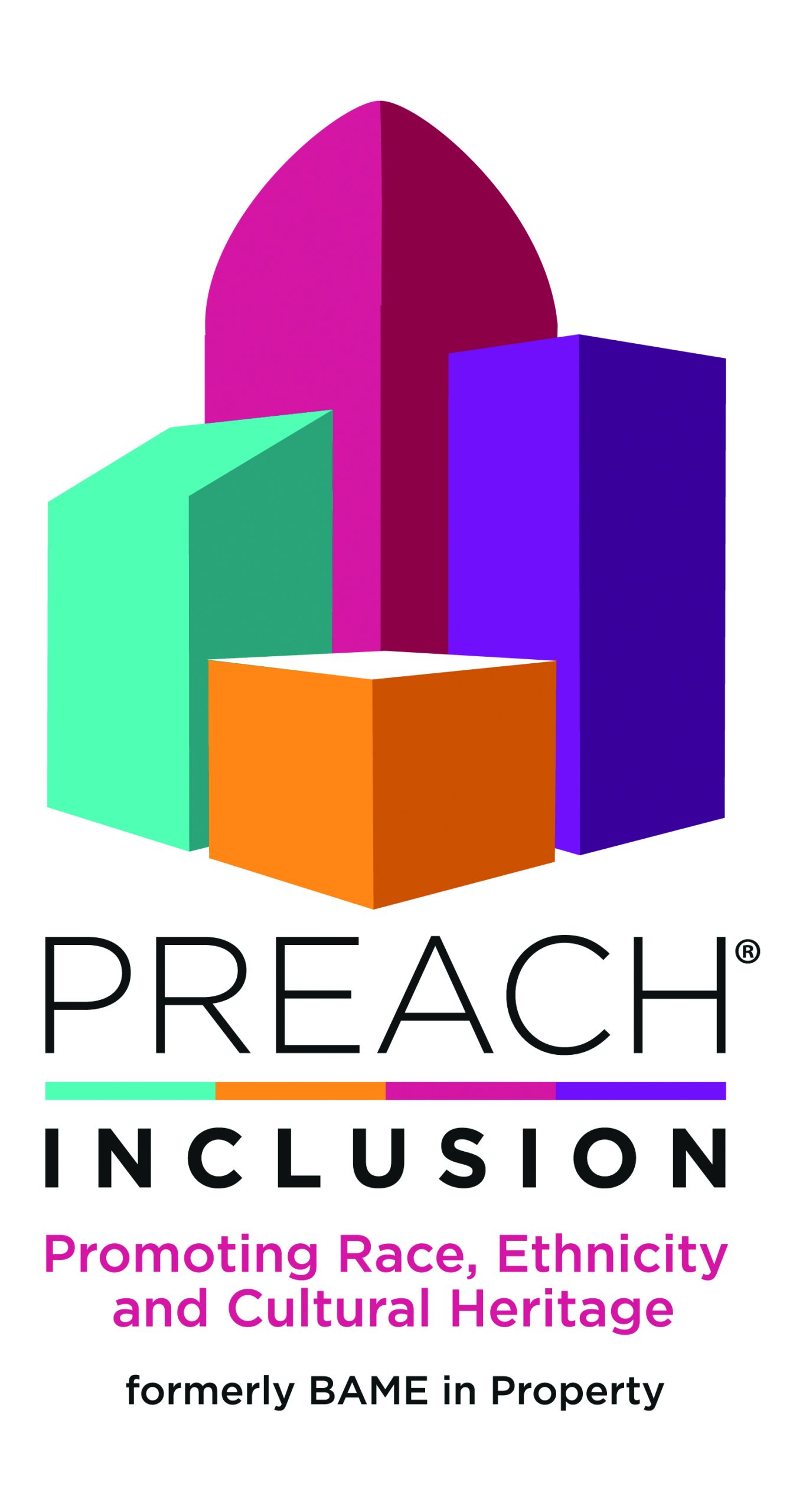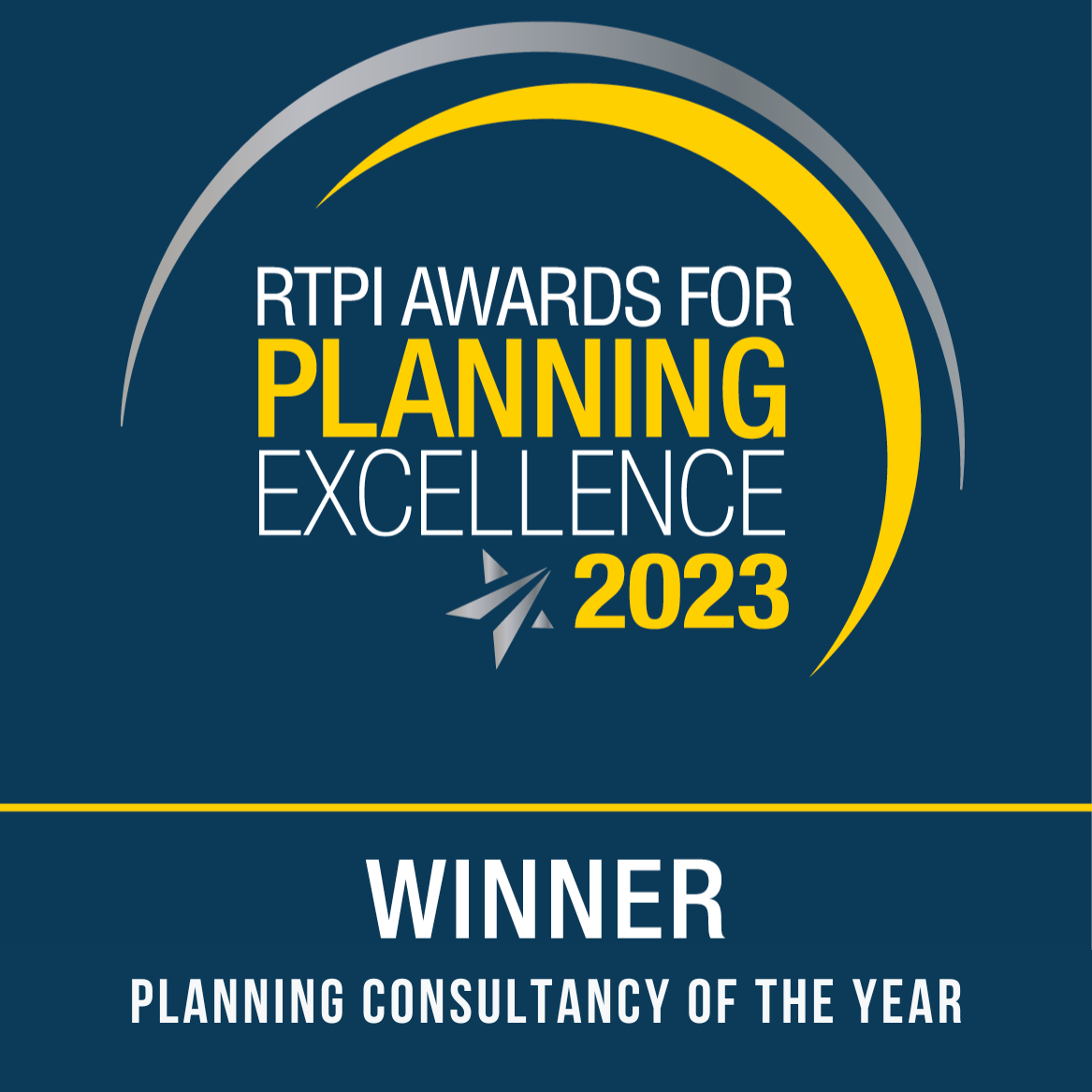Digitising the Environmental Impact Assessment Process
Exploring a human-centred approach to designing an EIA process for the future
A collaborative project between Connected Places Catapult, Quod, Temple, Liquorice and ODI Leeds
Funded by Innovate UK
Over the last six months, Connected Places Catapult, Quod, Temple, Liquorice and ODI Leeds (funded by Innovate UK) collaborated to explore how a better designed, data-informed and digitally driven Environmental Impact Assessment (EIA) process might be beneficial for developers, planners and the community at large.
EIAs are regulated by EU/UK legislation and are a crucial part of the design evolution and approval process for major projects. Its purpose is to ensure that the environmental and social effects of proposals are understood prior to decisions being taken and to aid public participation in decision-making. However, currently they are seen as burdensome, impenetrable, and very rarely do we monitor if they were right. Our earlier blog about our initial findings provides context as to why we think this innovation is fundamental to the industry, especially given this unprecedented era where sustainable development and remote working are impacting us all.
Our research is finally complete and we have developed prototypes of the key concepts that have the potential to transform the sector! A full showcase of our findings is now available here at www.digitaleia.co.uk.
The message that continued to resonate during this work from all users and stakeholders is that the EIA system needs a wholesale digital transformation, founded on better data, the use of technology and greater collaboration.
Our research and workshops culminated in the emergence of 7 interlinked concepts which aim to bring around a digital transformation of the EIA process. Our work included the preparation of a roadmap for the delivery of each concept and as they are delivered over time, they will form a Digital EIA Framework of interlinked applications.
Following is a summary of the seven concepts:
- National Environmental Datahub – One central place to gather and access all raw environmental data.
- Automated Screening – An automated decision-support tool that helps developers understand if they need to undertake an EIA or not and assist in compiling and issuing the associated report.
- Assisted Scoping – A semi-automated tool that generates scoping recommendations and builds a custom EIA Workspace structure. It would also manage communication with statutory consultees.
- Digital EIA Workspace – A standardised collaboration space for conducting an EIA and writing an ES, with the potential for future integration of live design feedback mechanisms.
- Impact Modelling – A plug-in tool to test and model different impacts and scenarios within a 3D digital environment. This can potentially be linked to the Digital EIA Workspace.
- Interactive and Accessible ES – A personalised, digital and interactive output of the EIA process that allows users to easily discover and understand information relevant to them.
- Post-Application Monitoring – A ‘must-do’ process that will improve the quality of environmental design measures, mitigation and data.
Throughout this transformation process, it is crucial to remember that the underlying themes of EIA still apply, such as how redefining the EIA process can make it a key design tool and how we can best communicate the real impacts of the EIA process. Further considerations are the opportunities for how we might best standardise the processes, create self-regulation and ensure data is kept live and accessible.
Our work reveals that it will be essential during the next stages of exploration to collaborate across the industry so that private sector innovation is carried out in a transparent manner with oversight from decision makers and statutory bodies. This will ensure that future innovations are compatible and aligned with a fully representative and agreed vision for the direction of travel. It will also avoid a ‘wild west’ scenario of siloed products that create new technical or financial barriers to widespread adoption and scaling, and ensure they are fully accessible to all stakeholders.
Dialogue about the transformation of EIA processes will always remain at the forefront of this project. The concept areas offer an exciting, tangible opportunity to stimulate much needed transformative and beneficial change in EIA. Our work looks to provide a common agenda for the future exploration and development of a digital EIA process. We are therefore always looking for partners to help collaborate to overcome the barriers and obstacles ahead. We invite your thoughts about how you might be able to contribute to the discussion and ongoing development of these concepts.
Let’s make it happen!
Feel free to visit the digital EIA website and download our full report for more information about the concepts.
